Our Location
Sector 14, Dwarka, New Delhi
Traditionally, molecular research laboratories have based their analysis of carrier status on just a few genetic changes based on family history and/or ethnicity. However, with the advances in next generation sequencing (NGS) and identification of more causative variants—both sequence and structural— it is becoming not just possible, but important, to expand carrier screening to include more variants and diseases.
That’s why Nonacus have developed Cell3 Target library preparation solutions for NGS. Combining the analysis of SNVs, INDELs and CNVs into a single assay, saves you time and resources and still delivers a comprehensive report on a broad range of penetrant recessive childhood disorders, all from one workflow.
We know that coverage of the most clinically relevant genes is important to you. The 448 disorders represented on the Nonacus Cell3 Target: Carrier Screening panel all meet the American College of Medical Genetics (ACMG) guidelines and have been selected based on their high penetrance and clinical significance.1
For each gene selected, all coding exons and splice site junctions and intronic, regulatory and untranslated regions known to contain disease mutations have been targeted.
See Product Resources below to see the full list of disorders included on the panel.
Table 1: Range of disorders covered by the Carrier Screening Panel.
Type of disorder |
Number of genes covered |
|
| Cardiac | 8 | |
| Cutaneous | 45 | |
| Deafness | 2 | |
| Developmental | 46 | |
| Endocrine | 15 | |
| Gastroenterologic | 3 | |
| Hematologic | 19 | |
| Hepatic | 3 | |
| Immunodeficiency | 29 | |
| Metabolic | 142 | |
| Neurodegenerative | 1 | |
| Neurological | 119 | |
| Neuromuscular | 2 | |
| Ocular | 12 | |
| Renal | 25 | |
| Respiratory | 8 | |
| Skeletal | 28 | |

For expanded carrier screening to be effective we know you need to be able to assess a range of genetic variants including copy number deletions or duplications.
We also know that this can mean running a host of workflows from PCR and MLPA to sequencing and microarrays. This not only increases the time it can take you to reach a final report but can have a significant impact on your cost per test.
The Cell3 Target: Carrier Screening panel streamlines this allowing you to carry out targeted sequencing and copy number analysis and deliver a comprehensive carrier status report from a single test.
By increasing the yield per sample, Nonacus Cell3 Target library prep solutions allow you to run more samples per flow cell increasing your efficiency and reducing your cost per sample.
Table 2: Number of samples, per Illumina flow cell, to achieve 100x mean depth of coverage based on; 2 x 100bp cycles and the maximum quoted sequencer output for the Cell3 Target: Carrier Screening panel.
| Sequencer | Flow cell | Samples/flow cell | Average depth (expected) |
| NextSeq | 300 cycle mid output | 48 | 160x |
| NextSeq | 300 cycle high output | 144 | 160x |
| NovaSeq SP | 300 cycle | 288 | 160x |
| NovaSeq S1 | 200 cycle | n/a | 160x |
| NovaSeq S2 | 200 cycle | n/a | 160x |
| NovaSeq S4 | 200 cycle | n/a | 160x |
Product |
Catalog No. |
| Cell3™ Target: Carrier Screening panel, Frag 16 samples | NGS_C3T_CSP_FR_16 |
| Cell3™ Target: Carrier Screening panel, Frag 96 samples | NGS_C3T_CSP_FR_96_A/B/C/D* |
| Cell3™ Target: Carrier Screening panel, Non Frag 16 samples | NGS_C3T_CSP_NF_16 |
| Cell3™ Target: Carrier Screening panel, Non Frag 96 samples | NGS_C3T_CSP_NF_96_A/B/C/D* |
For any queries or detailed requirements, get in touch with our team of experts at Shiva Scientific.

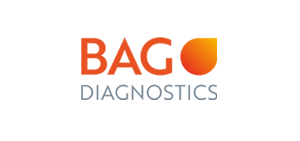
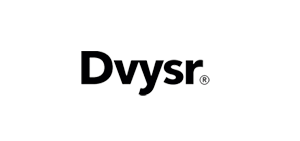
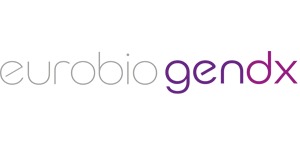
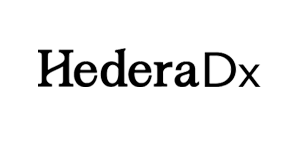
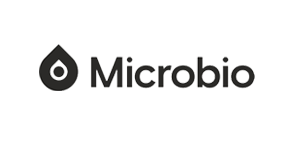

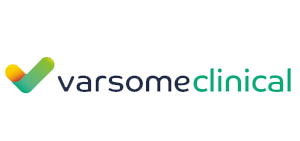
Shiva Scientific
Copyright © 2024. All rights reserved.